For decades, families have chased whispers – lip-read conversations, vibrating alarms, the soft rumble of a subway felt but never heard. Now a single shot into the inner ear is turning that quiet world on its head, not only for children but, astonishingly, for teenagers and young adults. In trials on hereditary deafness caused by mutations in the otoferlin gene, hearing has returned within weeks, with some participants recognizing everyday sounds at conversation-level volumes. The shift is more than medical; it’s cultural, technological, and deeply human, forcing us to rethink what’s possible when biology is repaired at its source. As someone who once shadowed an audiology clinic and watched the silent choreography of testing rooms, I didn’t expect to see results like this in my career – let alone so fast.
The Hidden Clues
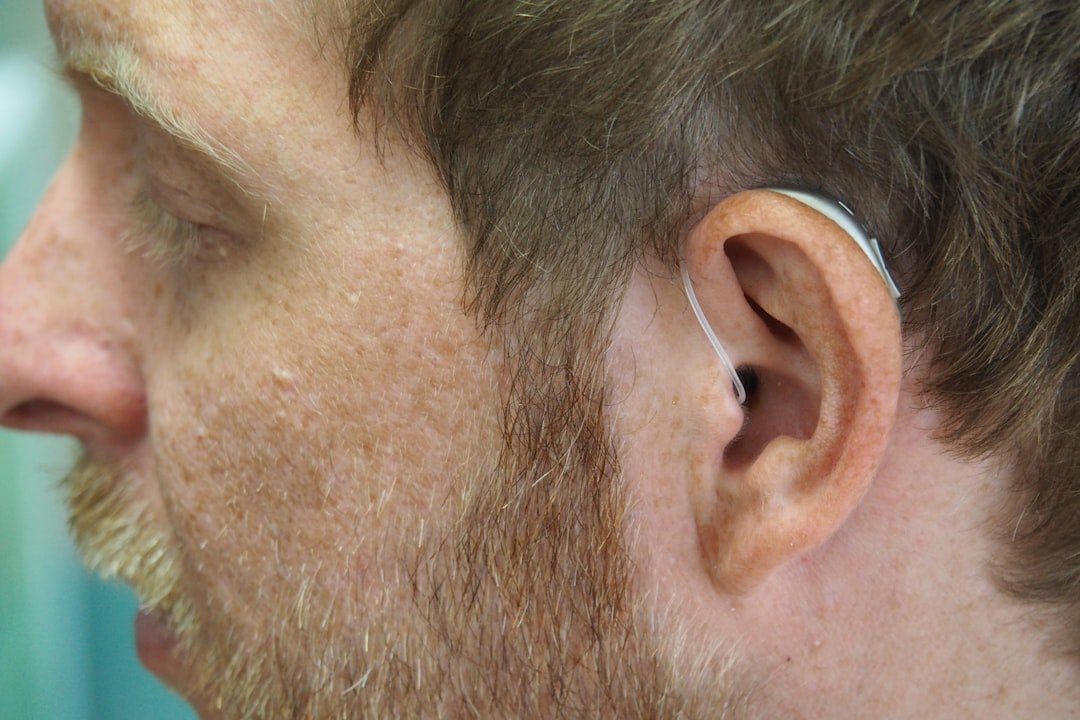
Imagine not hearing your mother’s voice for twenty years – and then, after a single injection, you do. That’s the emotional punch behind new studies reporting rapid hearing gains after delivering a healthy copy of the OTOF gene directly to the cochlea. In a multicenter trial published in January 2025, ten patients ranging from toddlers to nearly twenty-four years old improved dramatically, with average detectable sound levels shifting from siren-loud to normal conversation territory within months. ([sciencedaily.com](https://www.sciencedaily.com/releases/2025/07/250702214148.htm?utm_source=openai), [ils.seu.edu.cn](https://ils.seu.edu.cn/sk_eng/2025/0711/c20023a535204/page.htm?utm_source=openai))
The youngest participants tended to surge the fastest, but teenagers and adults improved too – an outcome that overturns long-standing doubts about age limits for inner-ear repair. Early U.S. and European trials are reinforcing the theme: when the right gene reaches the right cells, the brain often follows. Families describe the moment the world “clicks” back into place through sounds as mundane as footsteps on tile or the snap of a light switch. The science is precise; the experience is profound. ([investor.regeneron.com](https://investor.regeneron.com/news-releases/news-release-details/latest-db-oto-results-show-dramatically-improved-hearing-normal?utm_source=openai), [reuters.com](https://www.reuters.com/business/healthcare-pharmaceuticals/regenerons-gene-therapy-study-shows-improved-hearing-children-with-congenital-2025-02-24/?utm_source=openai))
From Ancient Tools to Modern Science
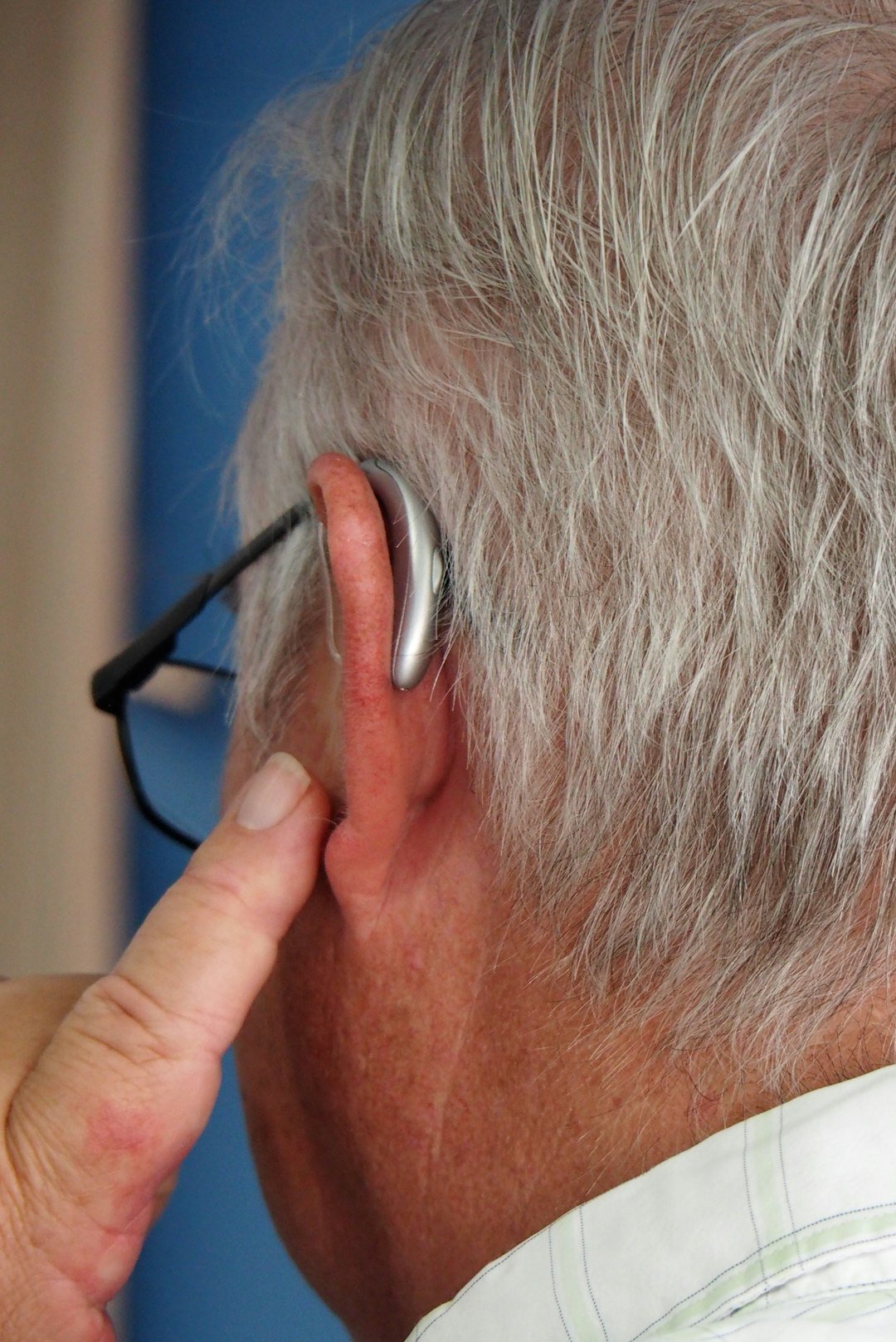
Cochlear implants and hearing aids have been heroic stand-ins, translating sound into electrical patterns or simply amplifying what remains. They help millions, but they also come with trade-offs – distorted sound quality, tougher speech recognition in noise, and lifelong hardware maintenance. Gene therapy flips the script by repairing the biological circuitry itself, aiming to restore the ear’s native fidelity rather than replacing it with an approximation. ([ils.seu.edu.cn](https://ils.seu.edu.cn/sk_eng/2025/0711/c20023a535204/page.htm?utm_source=openai))
That’s why these results feel qualitatively different: voices sound like voices, music feels layered again, and directional hearing can return when both ears are treated. This isn’t a knock on implants; it’s an admission that fixing a broken wire beats rerouting the stereo. If the outcomes continue to hold, standard-of-care discussions could shift from “what device” to “which gene.” It’s a subtle change with enormous downstream consequences.
How the Therapy Works
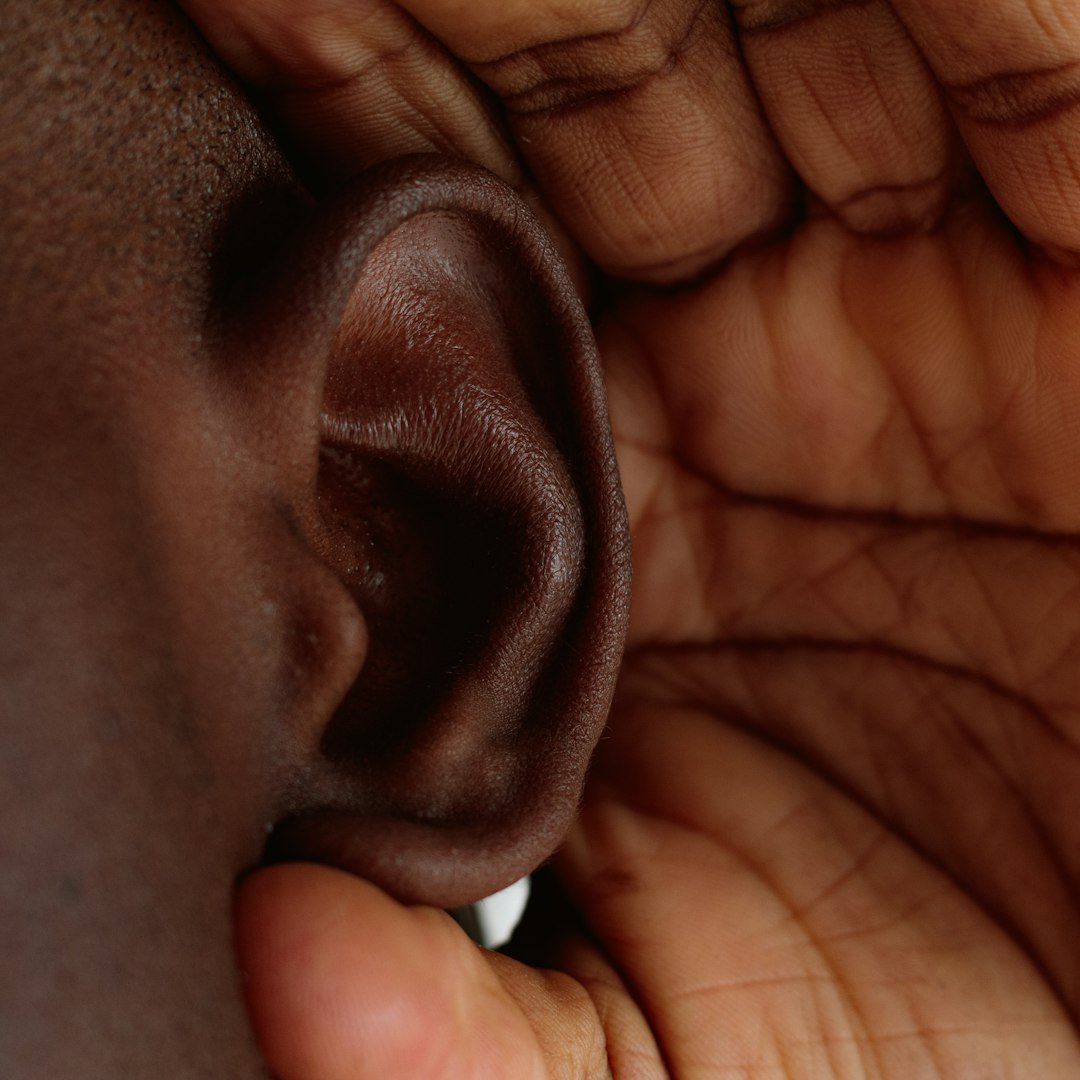
Otoferlin is the tiny switchboard that lets inner hair cells hand sound packets to auditory nerves; without it, the line goes dead. Because the OTOF gene is too large for a single viral container, researchers split it into two AAV vectors – each carrying half the code – then deliver both through a round-window injection into the cochlea. Once inside, the pieces rejoin and the cells start making functional otoferlin, restoring synaptic handoffs that speech and music depend on. ([technologyreview.com](https://www.technologyreview.com/2023/10/27/1082551/gene-treatment-deaf-children-hearing-china/?utm_source=openai))
The procedure borrows the same surgical corridor used for cochlear implants, but the endpoint is different: repaired biology rather than implanted electronics. Hearing changes can appear astonishingly fast, sometimes within a month, as measured by auditory brainstem response and pure-tone tests. In animal work and now in people, that pairing of objective signals and behavioral hearing is the north star for progress. It’s elegant, but it’s also hard-won bench science coming to life. ([sciencedaily.com](https://www.sciencedaily.com/releases/2025/07/250702214148.htm?utm_source=openai))
The First Signals in Teens and Adults

Until recently, skeptics argued that adolescent and adult brains would struggle to decode newly restored signals. The 2025 Nature Medicine report widened the lens, enrolling participants across a much older range and finding robust benefits, though still strongest in kids five to eight. Teenagers improved by roughly dozens of decibels on average thresholds, and adults made meaningful gains that changed daily function – proof that plasticity isn’t a door that slams shut at puberty. ([ils.seu.edu.cn](https://ils.seu.edu.cn/sk_eng/2025/0711/c20023a535204/page.htm?utm_source=openai))
Meanwhile, a separate program from Regeneron has reported hearing improvements in children up to sixteen years old, including some reaching normal or nearly normal levels by six months. These early outcomes don’t guarantee the same magnitude for older adults, but the trend line is clear: biology remains negotiable later than we thought. For families weighing options, a wider age window means fewer missed chances. That’s a sea change for clinical decision-making. ([investor.regeneron.com](https://investor.regeneron.com/news-releases/news-release-details/latest-db-oto-results-demonstrate-clinically-meaningful-hearing/?utm_source=openai), [reuters.com](https://www.reuters.com/business/healthcare-pharmaceuticals/regenerons-gene-therapy-study-shows-improved-hearing-children-with-congenital-2025-02-24/?utm_source=openai))
Safety, Surgery, and Trade-offs
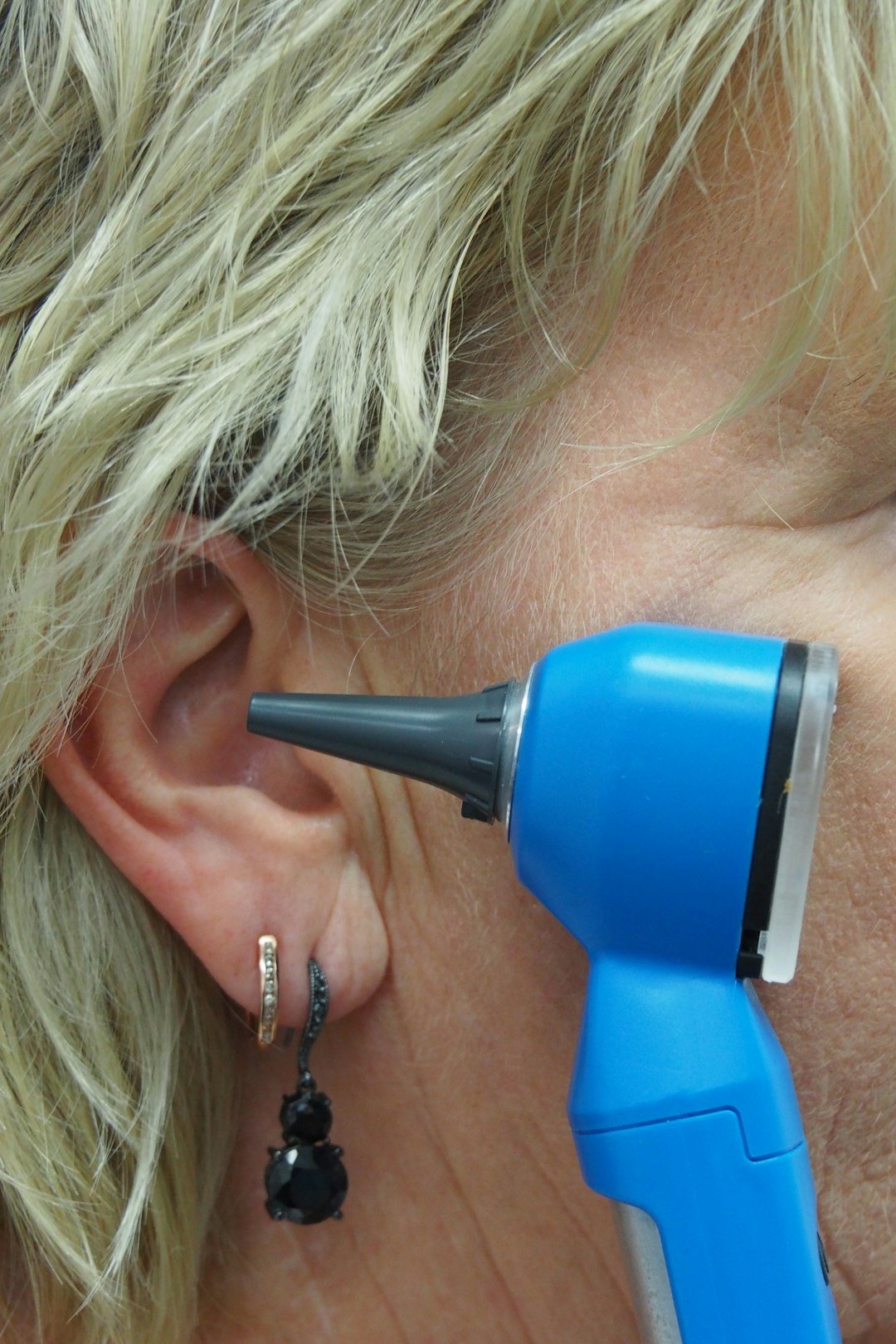
So far, across studies, the surgical steps and the gene therapy have been generally well tolerated, with most issues related to transient, expected post-operative symptoms. In the multicenter Chinese-led trial, researchers monitored blood counts and ear health and reported no serious adverse reactions during six to twelve months of follow-up. Regeneron’s program noted short-lived vestibular symptoms in some participants that resolved within days; the broader safety picture remains encouraging but necessarily incomplete in early-phase work. ([sciencedaily.com](https://www.sciencedaily.com/releases/2025/07/250702214148.htm?utm_source=openai), [investor.regeneron.com](https://investor.regeneron.com/news-releases/news-release-details/latest-db-oto-results-demonstrate-clinically-meaningful-hearing/?utm_source=openai))
Important practical choices persist: treat one ear or both, and when. Bilateral dosing appears to enhance localization and speech in noise, but it also doubles surgical time and exposure to vectors, variables regulators watch carefully. For now, most trials start with one ear, then consider the second as data accrue. The balance between ambition and caution is part of responsible translation. ([sciencedaily.com](https://www.sciencedaily.com/releases/2024/06/240605162544.htm?utm_source=openai))
Why It Matters
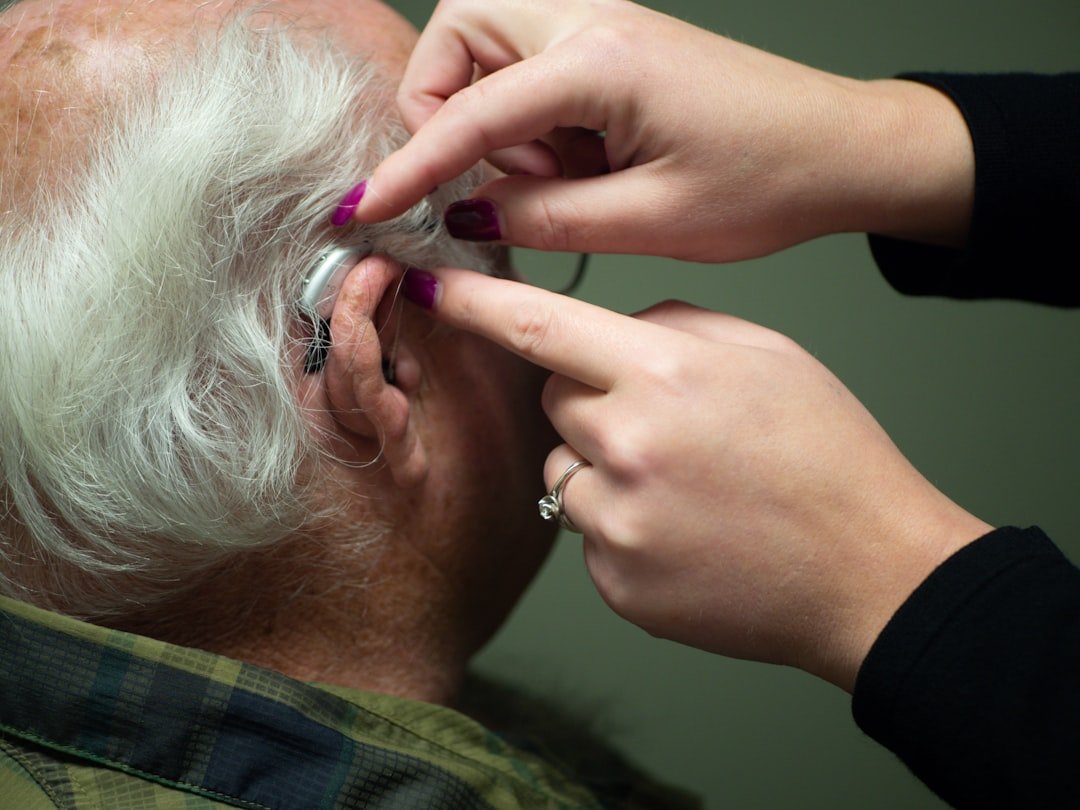
More than roughly one in eighteen people worldwide need help for disabling hearing loss, and the economic drag of unmet hearing care runs to nearly a trillion dollars annually. That’s before tallying the personal costs: delayed language development, lost jobs, social isolation, and preventable injuries. If gene therapy can move even a fraction of people from profound loss to functional hearing, the ripple effects on education, employment, and mental health could be immense. ([who.int](https://www.who.int/en/news-room/fact-sheets/detail/deafness-and-hearing-loss?utm_source=openai))
Traditional technologies will remain crucial – especially where genetic testing and surgical capacity are scarce – but repairing the root cause reshapes expectations. It reframes hearing not as a problem to route around, but as a circuit to rebuild. In policy terms, the promise strengthens arguments for newborn genetic screening and insurance coverage that includes advanced diagnostics. That’s how laboratory breakthroughs become lived benefits. ([who.int](https://www.who.int/health-topics/hearing-loss?utm_source=openai))
The Future Landscape
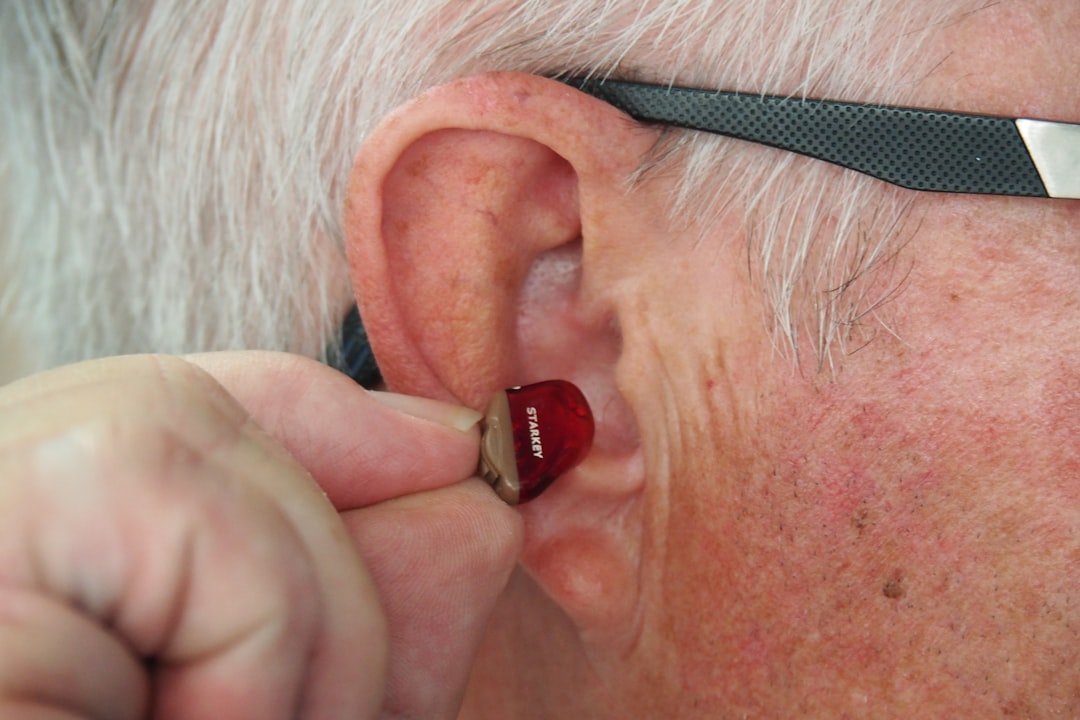
OTOF is just the opening chord. Teams are already targeting more common genes such as GJB2 and TMC1, while U.S. programs from Eli Lilly’s Akouos and Regeneron scale enrollment and refine delivery devices. Manufacturing enough high-quality AAV, handling immunity to the vector for possible redosing, and running truly global trials are the heavy lifts ahead. ([prnewswire.com](https://www.prnewswire.com/news-releases/positive-phase-12-clinical-trial-data-for-an-investigational-gene-therapy-for-genetic-hearing-loss-to-be-presented-at-the-association-for-research-in-otolaryngology-2024-midwinter-meeting-302042082.html?utm_source=openai))
The vision is bigger than a single diagnosis: bilateral restoration with spatial hearing, earlier intervention guided by genetics, and equitable access beyond elite centers. I think of it like switching a dim room to full-spectrum lighting – you don’t just see more, you interpret the whole space differently. If regulators and payers keep pace with the data, the next five years could redefine standard-of-care for inherited deafness. The momentum feels real, and unusually fast for a once-impossible goal. ([investor.regeneron.com](https://investor.regeneron.com/news-releases/news-release-details/latest-db-oto-results-demonstrate-clinically-meaningful-hearing/?utm_source=openai), [sciencedaily.com](https://www.sciencedaily.com/releases/2025/07/250702214148.htm?utm_source=openai))
Conclusion
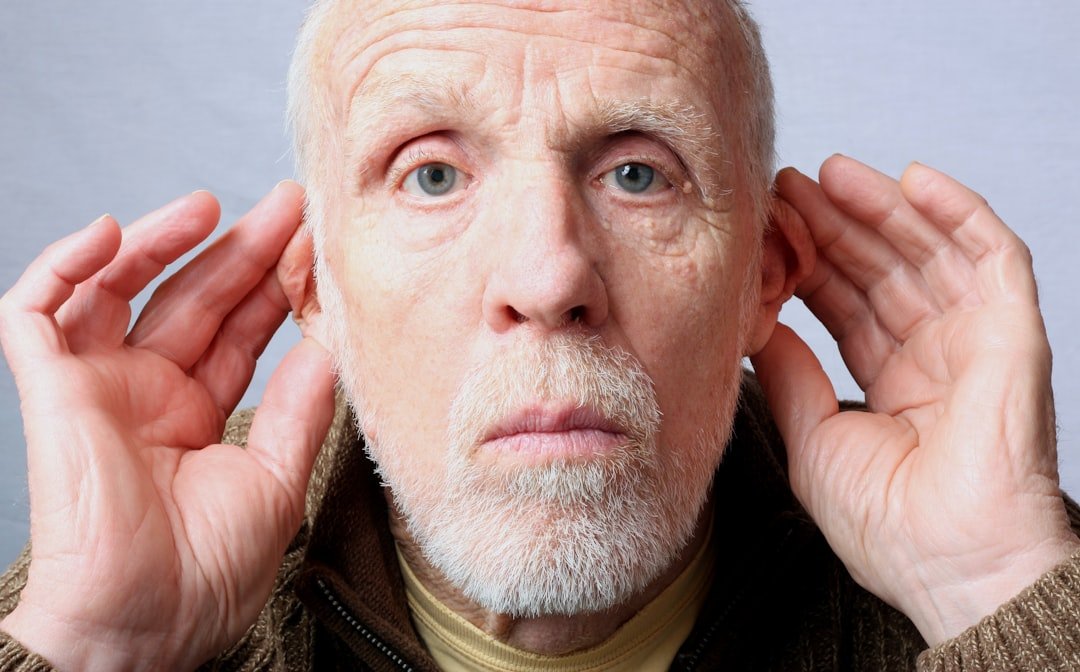
Breakthroughs like this don’t erase the diversity of Deaf experiences, nor should they be framed as one-size-fits-all answers. What they do offer is choice – a new lane alongside sign language, hearing technology, and rich Deaf culture, for families who want it and conditions that fit. After years of cautious whispers in conference hallways, the data finally speak loudly and clearly. The science is catching up to the hope many quietly carried. Did you expect it to happen this soon?

Suhail Ahmed is a passionate digital professional and nature enthusiast with over 8 years of experience in content strategy, SEO, web development, and digital operations. Alongside his freelance journey, Suhail actively contributes to nature and wildlife platforms like Discover Wildlife, where he channels his curiosity for the planet into engaging, educational storytelling.
With a strong background in managing digital ecosystems — from ecommerce stores and WordPress websites to social media and automation — Suhail merges technical precision with creative insight. His content reflects a rare balance: SEO-friendly yet deeply human, data-informed yet emotionally resonant.
Driven by a love for discovery and storytelling, Suhail believes in using digital platforms to amplify causes that matter — especially those protecting Earth’s biodiversity and inspiring sustainable living. Whether he’s managing online projects or crafting wildlife content, his goal remains the same: to inform, inspire, and leave a positive digital footprint.




